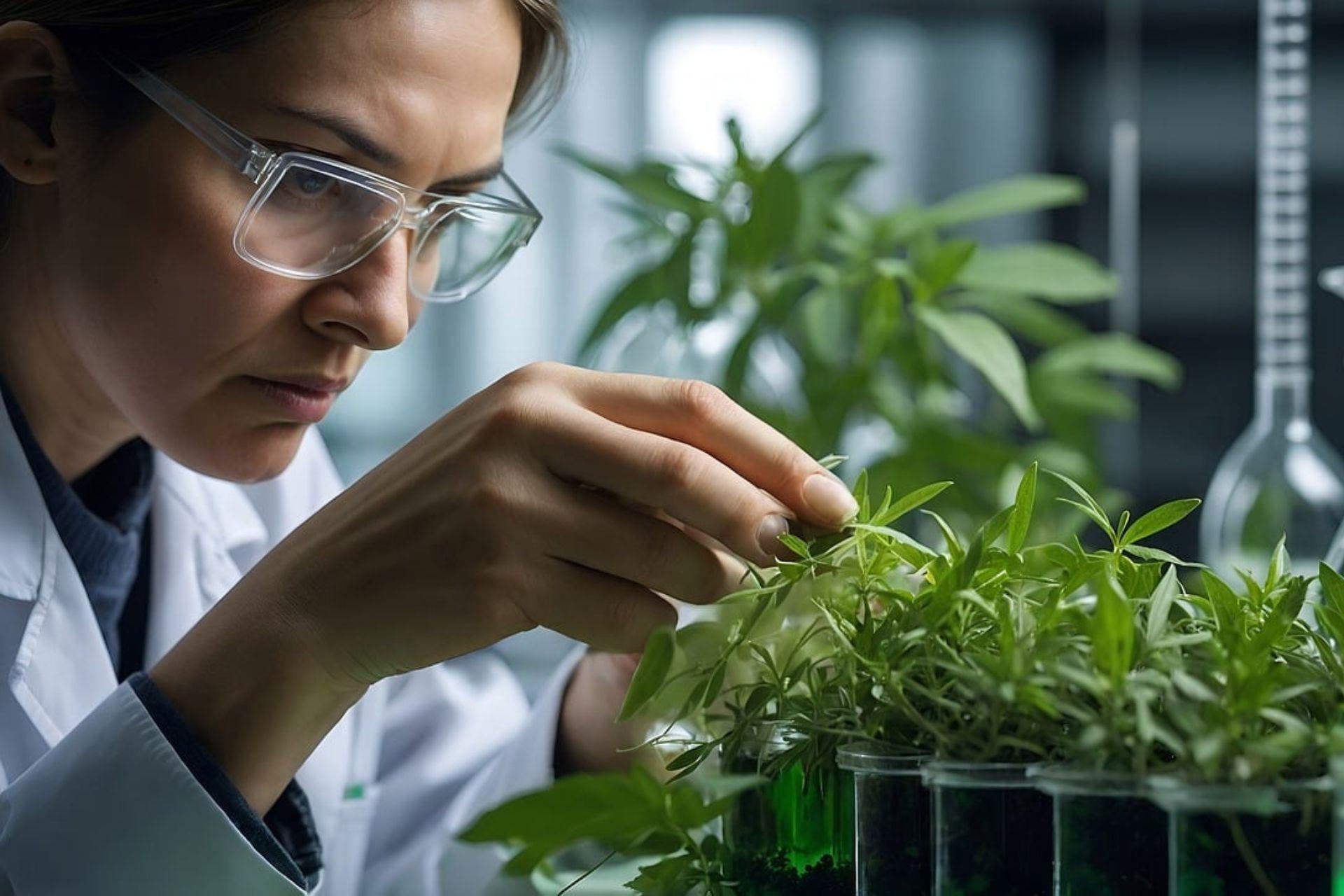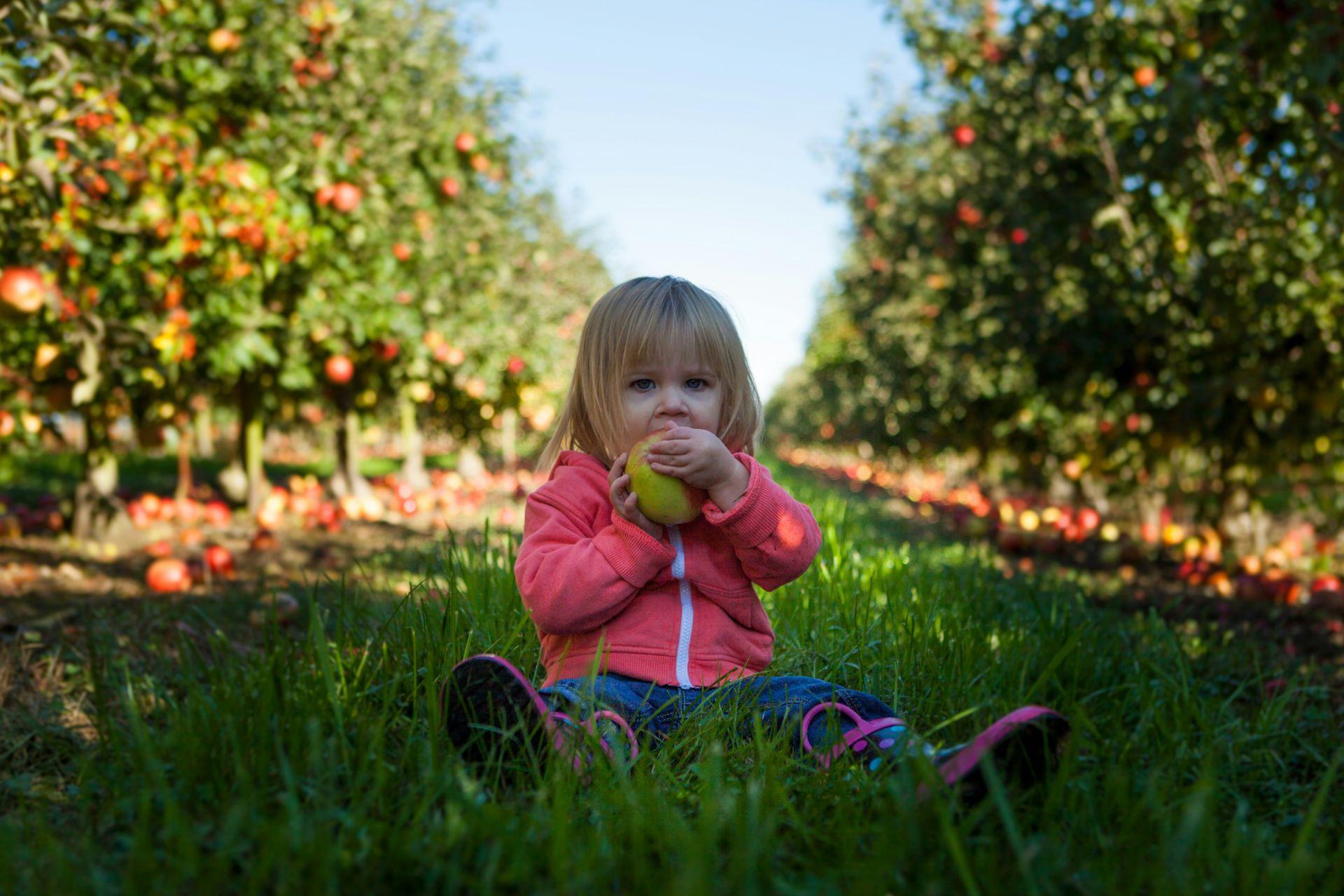
Fruits and vegetables less nutritious than they used to be: questions and answers about today's food
Imagine biting into a fresh, juicy apple, or cutting into a sweet, crisp, freshly picked carrot. Although you may get pleasure from it, in reality today's fruit and vegetables have lost much of their former nutrients. If these foods had been grown 50 years ago, we would have different values in terms of vitamins, minerals and flavour.
The question then arises: how did we get to this point?
We talk about it here, analysing what happened and what we can do about it.
How has the nutrient content in fruit and vegetables changed? How much and what have we lost?
Since 1950, various international studies have found a drastic loss of nutrients in fruit and vegetables. Below are some examples:
- In France, the 70 fruits and vegetables most commonly consumed by the French were examined and they lost an average of 16% calcium, 27% vitamin C and 48% iron. All this from 1950 to 2000. Studies on the last two decades are currently underway. These values were compared according to the CIQUAL table, the nutritional composition table of ANSES, the National Food Safety Agency.
- In the USA, data from the same period was compared on the basis of 43 fruit and vegetable foods. The results are equally worrying: -6% protein, -16% calcium, -9% phosphorus, -15% iron and -38% riboflavin (vitamin B2). The comparison was made on the basis of nutritional comparison data from the US Department of Agriculture USDA.
- In the UK, the same studies were done using the Medical Research Council's nutritional composition tables (McCance tables) from 1940 to 1991. The nutrient losses found were -49% sodium in legumes and -29% in fruits, -16% and -19% potassium, -24% and -16% magnesium, -46% and -16% calcium, -27% and -24% iron, and -76% and -20% copper.
- Over the last fifteen years, the problem of nutrient loss in food has become increasingly serious in several countries around the world. A study conducted by Eta Meta Research for Federsalus (the companies‘ representative and interlocutor for national and international authorities on food supplements) highlights an alarming fact: ’Compared to 15-20 years ago, most foods have lost more than 50 per cent of their vitamins and minerals’. This decline in nutritional values worries biologists, nutritionists and food technology professionals, who wonder about the possible consequences for our health and the future of our diet.
This general decrease has been called the ‘dilution effect’: we tend to produce more fruit and vegetables, but with a lower nutrient density. In short, what we eat today is different from what our grandparents ate. That is why we are weaker and more prone to disease today.

What are the main causes of nutrient loss in fruit and vegetables?
Needless to say, nutrient loss in fruit and vegetables is a complex and multifactorial problem, but the root cause is global pollution. As early as the 2000s, AXS M31 emphasised the negative impact of pollution (chemical, bacteriological and radioactive) on the healthiness of fruit and vegetables, but it is only recently that official science has recognised the seriousness of the situation.
Pollutants are found in the air, water and soil, the primary elements for cultivation. As soon as these environmental matrices are polluted, so is the end product.
The way fruit and vegetables are harvested, processed, stored and transported can also have a significant impact on their nutritional quality. Sub-optimal methods can lead to a rapid degradation of nutrients.
Furthermore, in recent decades, fruit and vegetable crop varieties have been selected primarily for their resistance and yield, rather than for nutritional content. This has led to a depletion of agricultural biodiversity and a reduction in nutrients.
What role do modern cultivation methods play? What can we do to obtain food with high nutritional value?
Pollution, in its many forms, represents one of the most serious challenges to the nutritional quality of fruit and vegetables. In particular, agricultural pollution.
Intensive agriculture is based on a production model that maximises yield per hectare through the intensive use of chemical inputs, including synthetic fertilisers and pesticides. Although this practice may initially increase production, it leads to soil impoverishment and a decrease in microbial biodiversity, which are essential for maintaining soil fertility and health.
The use of chemical fertilisers and pesticides, even in the case of rotation, leads to soil salinisation and acidification, even on smaller farms.
The prevalence of monoculture reduces the agricultural gene pool, increasing vulnerability to disease and pests.

So, agricultural choices determine the nutritional value of our food and how we can preserve it. But what solutions can we adopt to improve this situation? Besides a return to more sustainable farming methods, there are also innovative technologies that can go beyond zero impact.
In agriculture, the concept of ‘beyond zero impact’ is represented by BioAksxter® formulations, whose peculiarity is extremely vital compared to all other products on the market: it has a purifying action on the soil, the plant and the final agricultural product. It transforms pollutants into organic absorption structures, allowing us to eat food that is effectively depolluted, i.e. free of chemical and environmental residues and therefore rich in nutrients.
Food of yesterday vs food of today: comparing flavours and nutrients
Imagine you are in a village market, perhaps in the 1950s. In the air you smell the intense scent of peaches, sweet and sugary, and the aroma of ripe tomatoes, picked only a few hours before. The counter is laden with brightly coloured fruit and vegetables, and you only have to bring an apple close to your nose to immediately perceive its fragrance. People buy at zero kilometre, and each product has its own distinctive flavour, as unique as the soil and climate in which it was grown.
Today, when we return from the supermarket, our bag is just as full of fruit and vegetables, but those intense flavours seem a distant memory. Sure, the apple is bigger and shinier, the peach has no bruises, but the fragrance is non-existent and, when we taste it, it is often tasteless. What has changed?
Farmers of yesteryear worked on land that could regenerate simply by crop rotation. Those were other times. There was not the pollution of today. This ensured fertile soil where plants created fruit, absorbing and transforming nutrients and transferring them to us through healthy food.
Today, however, the land is relentlessly exploited and polluted.
This evolution leaves us with a question. Is what seems like progress to us actually an improvement? Our table today certainly offers more variety, but at what price?
The effects of nutrient loss from fruit and vegetables on human health
The loss of nutrients in fresh produce has significant and concrete effects on our health. Have you noticed that we are getting weaker, sicker and sicker? The vitamins, minerals and antioxidants found in fruit and vegetables are essential components for the body's optimal functioning: they regulate immune defences, protect cells from oxidative stress, support metabolism and contribute to a healthy cardiovascular system and brain.
Today, reduced nutrient intake results in chronic deficiencies, with symptoms such as fatigue, a weakened immune system, and in the most extreme cases, nutritional deficiency diseases. Decreased iron levels, for example, lead to anaemic states, affecting energy and concentration; reduced potassium levels negatively affect muscle function and blood pressure regulation. Finally, a deficiency of natural antioxidants increases the risk of chronic inflammation-related diseases such as cardiovascular and neurodegenerative diseases.
Going back to the studies mentioned at the beginning of the article, where it is shown that compared to 50 years ago, the content of minerals such as calcium, iron and potassium has dropped significantly in different types of fruit and vegetables, in order to obtain the same amount of nutrients needed for our well-being today, we have to consume larger quantities of food than in the past. Is this possible? Quantity is no substitute for quality.
The modern diet, which often favours refined and packaged products, already tends to reduce the intake of essential nutrients, and fruits and vegetables only make the situation worse.
That is why BioAksxter® is the concrete answer to this need. It not only promotes healthier, nutrient-rich food, but also creates a sustainable form of agriculture that restores natural resources and offers healthy products for future generations. Opting for choices like this means nourishing not only the present but also the future.
